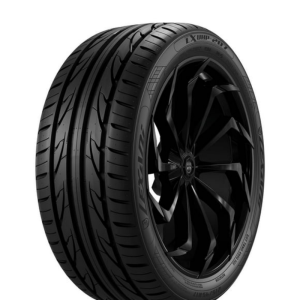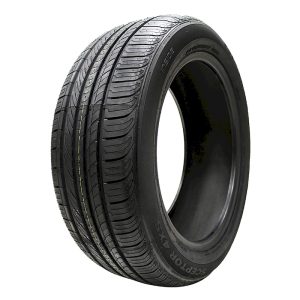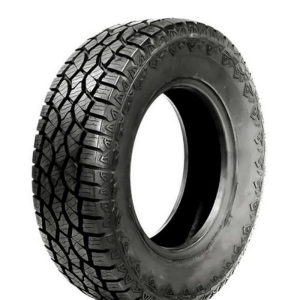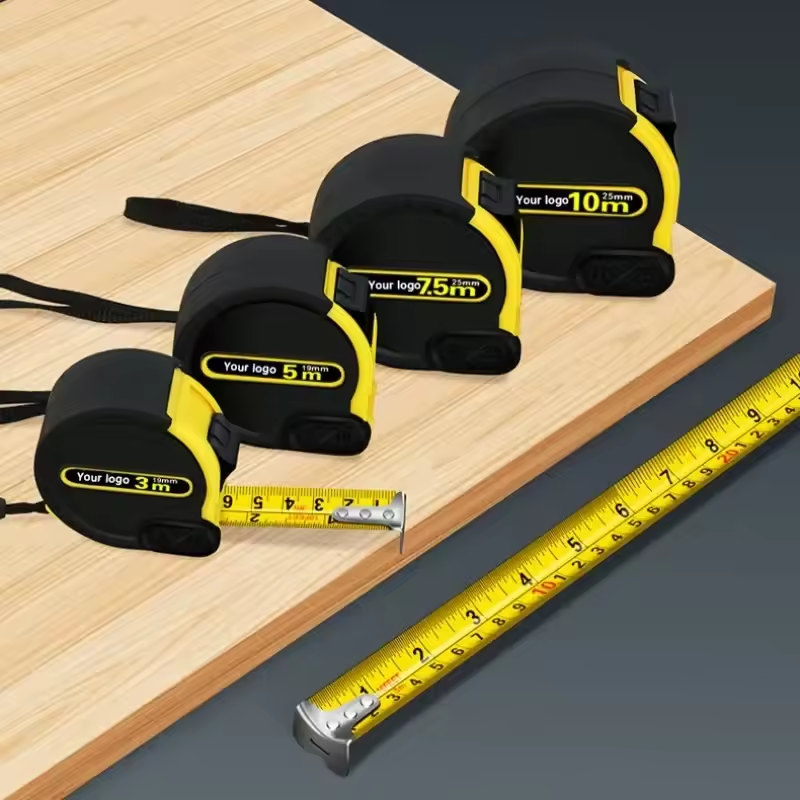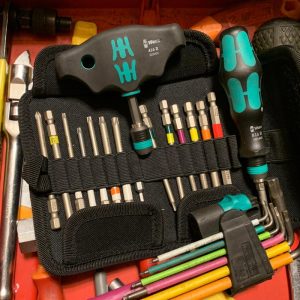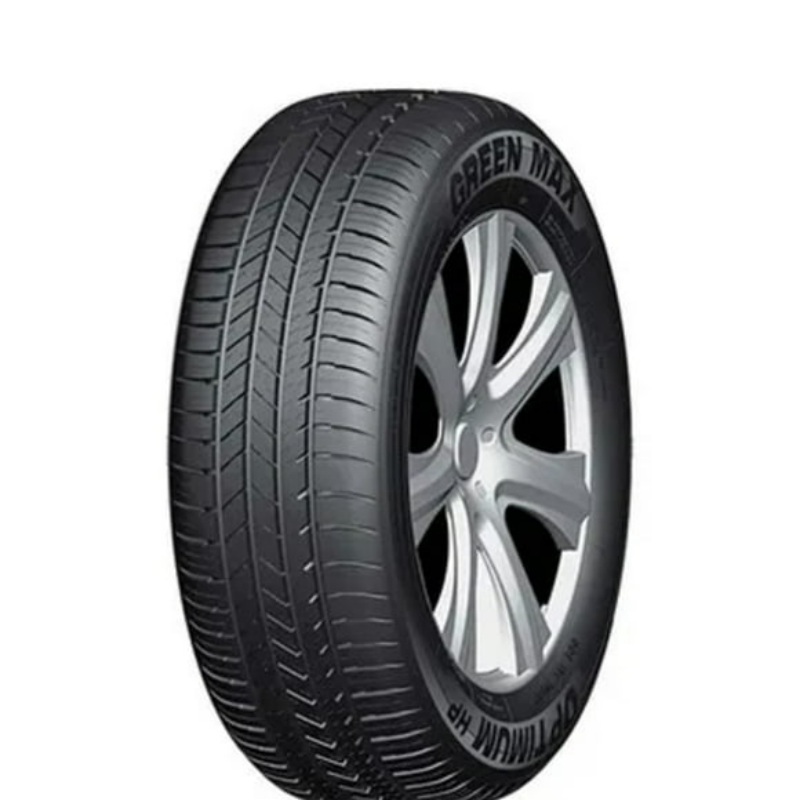
When it comes to vehicle safety, the condition of your tires is paramount, and one of the key aspects of tire health is tread depth. As the only point of contact between your vehicle and the road, tires play a critical role in vehicle handling, traction, and braking. Understanding what is the recommended tread depth for tire safety is essential for every driver. The tread depth determines how effectively your tires can grip the road surface, especially in adverse weather conditions such as rain, snow, or ice. Insufficient tread depth can significantly increase the risk of hydroplaning and reduce overall vehicle control.
To ensure optimal safety and performance, it is crucial to regularly check your tire tread depth and understand the factors that influence it. This article will explore the recommended tread depth for tire safety, its importance, how to measure it, and tips for maintaining your tires effectively. Additionally, we will discuss the implications of driving with worn tires and when it is time to replace them. By staying informed about your tires, you will not only enhance your safety but also prolong the lifespan of your tires and improve your overall driving experience.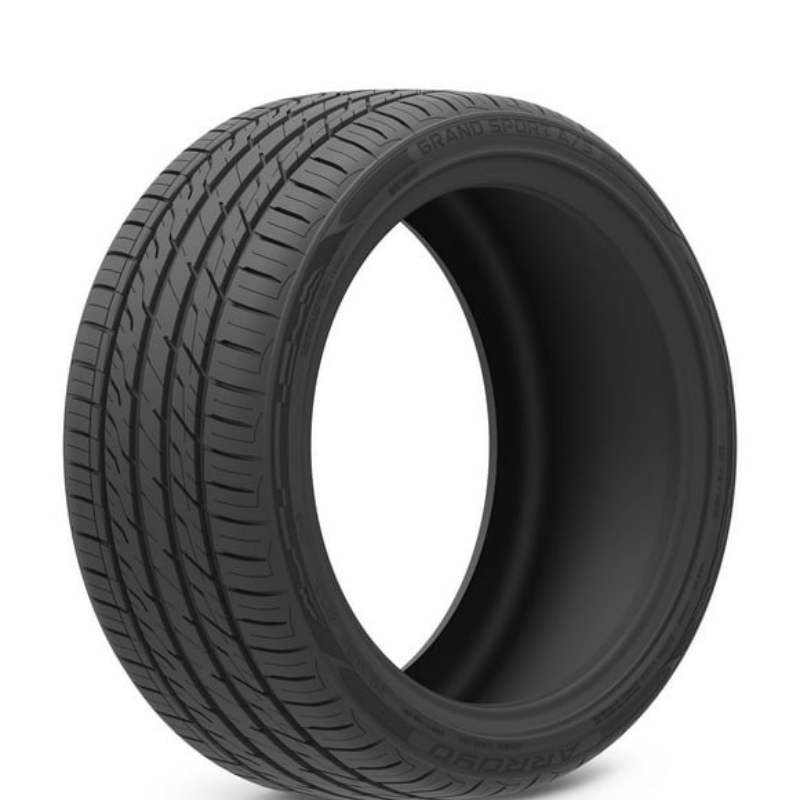
The Importance of Tread Depth
Tread depth is one of the most significant factors concerning vehicle safety. The condition of your tires directly influences how well your vehicle performs, especially during critical driving situations. Here are several compelling reasons why understanding tread depth is so important:
Traction and Grip
The design and depth of tire tread provide the necessary grip for effective traction. A deeper tread allows for better engagement with the road surface, helping prevent slips and loss of control. When the tread wears down, especially below recommended levels, your tires may struggle to maintain grip, particularly in wet or slippery conditions.
Water Displacement
Tire tread is responsible for channeling water away from the contact patch—where the tire meets the road. Adequate tread depth is essential for preventing hydroplaning, where the tire loses contact with the road due to a film of water. When your tread is insufficient, the risk of hydroplaning increases, requiring greater stopping distances and affecting your ability to steer.
Braking Distance
The depth of tire tread significantly impacts braking distance. Studies have shown that tires with low tread depth can take much longer to come to a complete stop compared to tires with sufficient tread. Increasing the tread depth can enhance your vehicle’s braking ability, providing a safer driving experience, especially in emergency situations.
Overall Handling
Tire performance is critical for maintaining control during sharp turns or abrupt maneuvers. Tires with adequate tread depth improve handling sensitivity, helping you navigate turns confidently. In contrast, worn tires can lead to poor handling response, making it challenging to drive safely, particularly in complex driving scenarios.
Legal Regulations
Most countries have regulations regarding minimum tread depth for tires. Understanding local laws about tread depth is crucial for remaining compliant and ensuring safety on the road. Driving with tires that have tread depth below legal limits may expose you to fines, vehicle inspections, and liability in case of an accident.
What is the Recommended Tread Depth?
So, what is the recommended tread depth for tire safety? The general consensus among automotive experts and organizations is that a minimum tread depth of 2/32 inches (1.6 mm) is essential for legal driving conditions. However, this guideline is often considered a threshold rather than an ideal mark for safety. Here’s a break down of recommended tread depths for various conditions:
Ideal Tread Depth for Wet Conditions
For maximum safety during wet weather, many experts recommend maintaining a tread depth of at least 4/32 inches (3.2 mm). This depth allows for greater water displacement and reduces the risk of hydroplaning, improving your overall traction and handling on slippery surfaces.
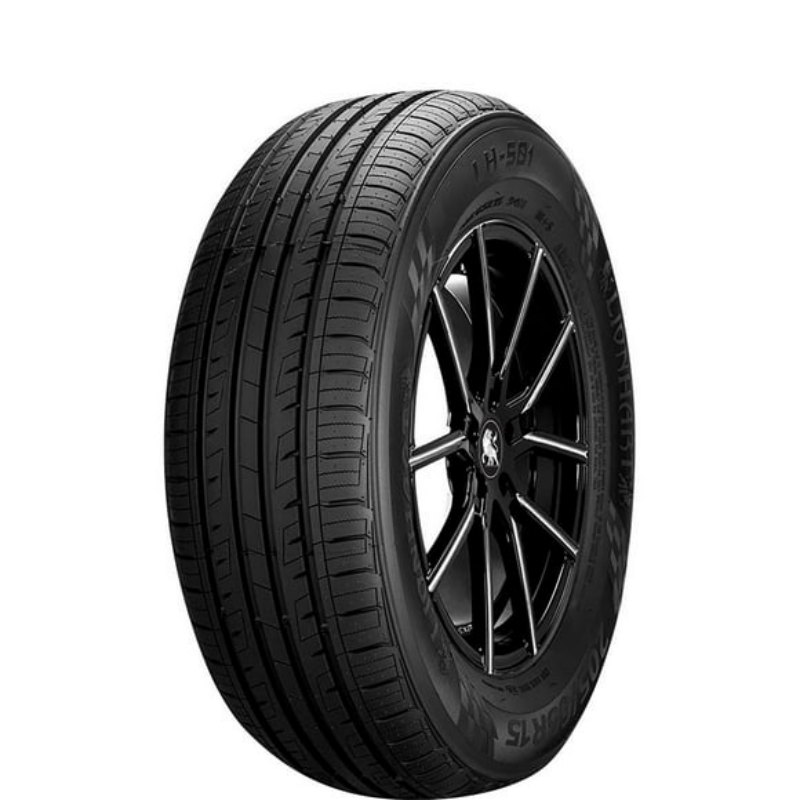
Best Practices for Winter Conditions
For those living in areas that experience cold weather and snow, the recommended tread depth is even higher. A tread depth of at least 6/32 inches (4.8 mm) is advisable for winter tires. This additional depth helps enhance the tire’s capability to grip the road and maintain control on snow-covered or icy surfaces.
Tread Depth for Off-Roading
If you enjoy off-road driving or often venture into rugged terrains, select tires designed for off-road conditions. These tires usually feature deeper treads for better grip on uneven surfaces. A depth of 8/32 inches (6.4 mm) or more is common for off-road tires, ensuring maximum traction on loose soils, rocks, or muddy trails.
Monitoring and Maintaining Tread Depth
Regularly monitoring your tire tread depth is essential for safety. Tread wear does not always occur uniformly; thus, checking all four tires ensures comprehensive safety. Using a tread depth gauge or even a simple penny test can help you monitor the tread. If you can see the top of Lincoln’s head when a penny is inserted into the tread, it’s time to consider replacing your tires.
How to Measure Tread Depth
Now that you know what is the recommended tread depth for tire safety, it’s essential to understand how to measure it effectively. Accurate measurement will help you determine when to replace your tires and ensure your vehicle remains safe on the road.
Using a Tread Depth Gauge
The most reliable method for measuring tread depth is with a tread depth gauge. These gauges are specifically designed to provide accurate readings. Here’s a simple step-by-step process:
- Insert the probe of the gauge into the tread groove of the tire.
- Press down until the gauge’s base is flush against the tire surface.
- Read the measurement on the gauge. Make sure to capture readings from multiple grooves across each tire, as wear can vary.
The Penny Test
A quick and straightforward method to check tread depth is the penny test. Here’s how to perform it:
- Grab a penny and hold it with Lincoln’s head facing down.
- Insert the penny into the tread groove of your tire.
- If part of Lincoln’s head is hidden by the tread, your tires are generally safe. However, if you can see all of Lincoln’s head, your tread depth is too low, and it’s time to replace the tire.
The Quarter Test
Similar to the penny test but offering a different depth measure, you can use a quarter as well. The process is as follows:
- Take a quarter and insert it into the tread groove with George Washington’s head facing down.
- If the tread covers part of Washington’s head, your tires have sufficient depth. If not, it’s time for tire replacement.
Measuring Across All Tires
Don’t limit your measurements to just one spot. Tires wear unevenly for various reasons, including alignment issues, under-inflation, and load distribution. Measure the tread depth at several points around each tire and across all four tires. This comprehensive approach will help guarantee your safety while driving.
Factors Affecting Tire Tread Life
Understanding what affects the lifespan of your tire tread will help you make informed decisions regarding maintenance and replacement. Several key factors come into play regarding tread wear:
Driving Habits
Your driving style significantly impacts how quickly your tires wear down. Aggressive driving behaviors, such as hard acceleration, sudden braking, and sharp cornering, can accelerate tread wear. Practicing smooth and controlled driving will prolong the life of your tires.
Road Conditions
The surface you regularly drive on can affect tread wear. Driving on rough or poorly maintained roads, potholes, or gravel can lead to faster wear. On the other hand, well-paved roads are gentler on tires and will likely contribute to a longer lifespan.
Tire Pressure
Maintaining the correct tire pressure is critical. Under-inflated tires can increase friction with the road, causing excessive heat buildup and faster tread wear. Over-inflated tires, on the other hand, may wear unevenly and reduce traction. Regularly check tire pressure and keep it within the manufacturer’s recommended range.
Load and Weight
Carrying excess weight in your vehicle can place additional stress on tires, leading to accelerated wear. If you frequently load your vehicle beyond recommended capacity, consider redistributing weight or investing in tires designed to accommodate increased loads.
Rotation and Alignment
Tire rotation involves swapping the position of your tires to ensure even wear. Neglecting to rotate your tires every 5,000 to 7,500 miles can result in uneven wear patterns. Additionally, ensuring proper alignment prevents tires from tilting or rubbing against one another, extending their lifespan.
Signs That It’s Time to Replace Your Tires
Monitoring tread depth is essential, but it’s not the only factor to consider when determining whether it’s time for new tires. Here are some key signs that signal the need for a replacement:
Visible Tread Wear Indicators
Most tires come equipped with tread wear indicators, small raised bars found in the grooves. When your tread wears down to the level of these indicators, it’s time to replace the tires. While measuring tread depth is helpful, also keep an eye out for the wear bars as visual confirmation.
Cracks or Bulges
If you notice any visible cracks in the sidewalls or bulges on the tire, it indicates damage that could compromise safety. Bulges manifest when the tire’s internal structure is compromised, which can lead to blowouts if not addressed.
Reduced Traction
If you find your vehicle skidding during wet conditions or having difficulty stopping, it could be a sign that your tires are past their prime. Reduced traction can indicate inadequate tread depth or structural issues, raising the risk of accidents.
Vibration or Noise While Driving
Abnormal vibrations or excessive noise while driving can signal tire wear or alignment issues. Pay attention to any changes in how your vehicle performs; addressing these concerns early can prevent further damage and reduce safety risks.
Age of the Tires
Finally, even if tread depth appears adequate, it’s essential to consider the age of your tires. Generally, tires should be replaced every six to ten years, regardless of tread depth. Check the tire’s manufacturing date, which is imprinted on the sidewall, to determine its age.
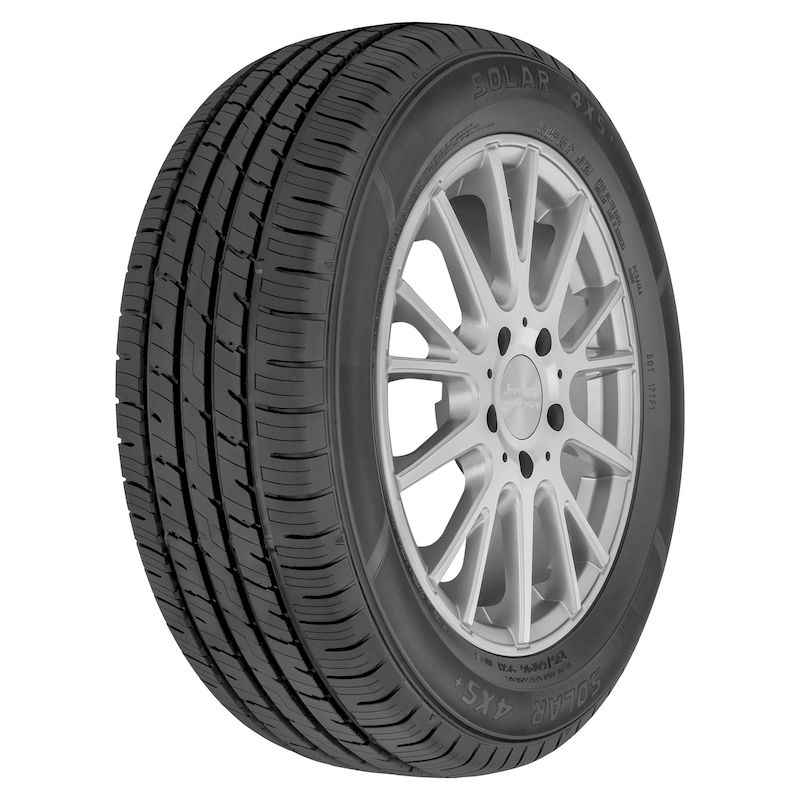
Conclusion
Understanding what is the recommended tread depth for tire safety, along with how to measure and maintain it, is crucial for every driver. Your tires are essential for vehicle performance, safety, and overall driving experience. The tread depth affects traction, braking distance, and handling, making it necessary to monitor and maintain it regularly.
Ultimately, it is in your best interest to prioritize tire health. By being proactive and replacing worn-out tires before they become a liability, you can enhance your safety on and off the road. Regularly checking tread depth, inspecting for signs of wear, and maintaining proper tire pressure will ensure that your tires provide the performance and reliability you depend on during every drive.
Stay informed about best practices for tire care, and remember that the investment in quality tires and their maintenance pays off in the form of safer travels and a smoother driving experience. Regular monitoring and timely replacement of your tires will allow you to enjoy the journey ahead fully.
